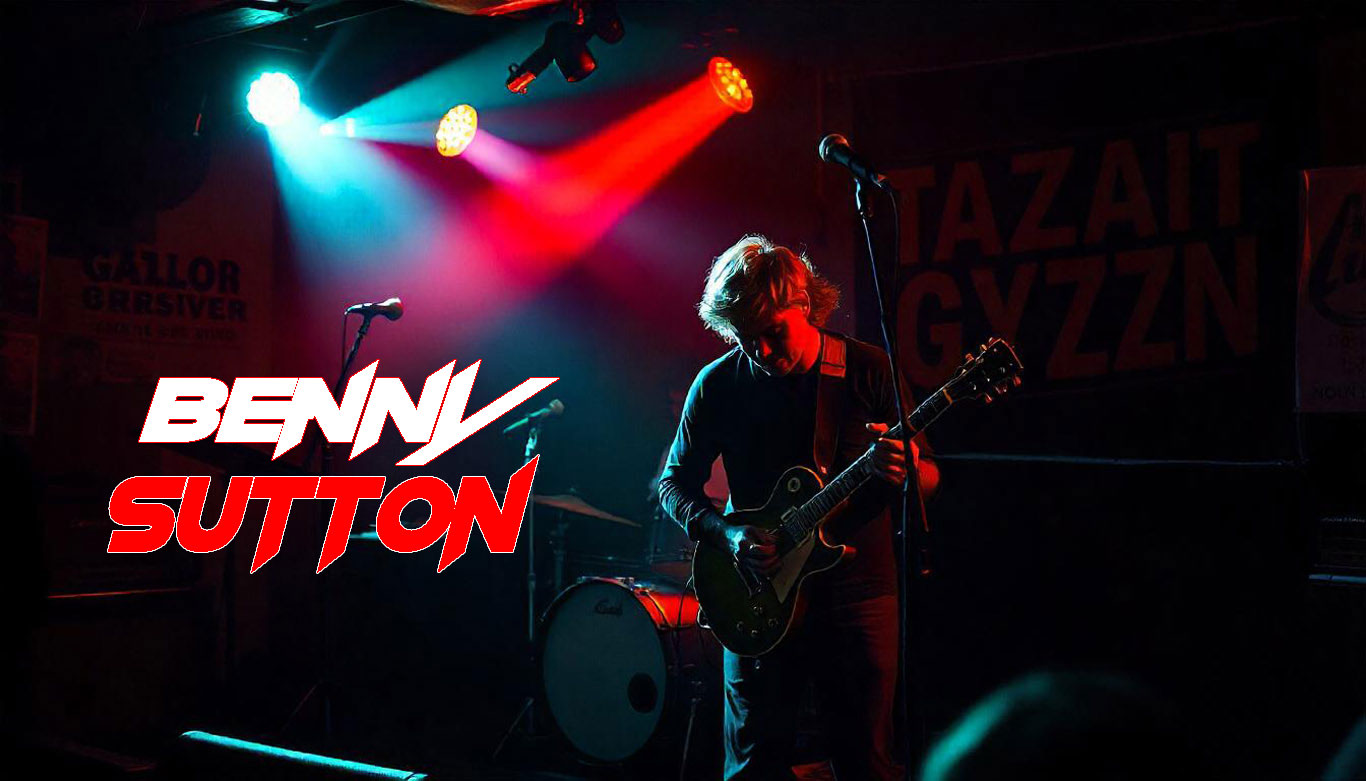Tempo is the rate at which music moves — the speed that defines how beats and bars unfold. In modern production it’s usually measured in beats per minute BPM, but in practical terms, tempo is the foundation that dictates energy, groove, and the listeners perception of space. Every genre has its tempo conventions, and understanding how they work is crucial whether you’re playing live or programming inside a DAW.
Traditional Approach
Before metronomes or digital clocks, musicians established tempo by instinct. Italian markings like Allegro or Andante were guides to mood, not exact speeds. Players judged tempo by feel and acoustics — a choir in a cathedral might slow naturally to let reverberation clear, while a dance fiddler would push faster to drive the floor. Even classical conductors still stretch or relax tempo slightly to shape a phrase; this flexibility keeps performances human and expressive.
Tempo in Modern Production
Digital systems changed everything. In a DAW, tempo is the first parameter set when creating a project. It defines the timeline grid, controls synchronization with MIDI instruments and automation, and affects plug-ins such as delay or modulation that sync to beat divisions. Unlike a live ensemble, a DAW keeps perfect time — sometimes too perfect.
Rigid quantization can make a track feel mechanical. That’s why many producers intentionally offset timing, add swing, or record without quantization to recover a natural groove. Human rhythm is never mathematically exact; it breathes around the beat. Drummers and bass players create feel by slightly leading or lagging the pulse — tiny variations that a computer will flatten unless told otherwise.
Choosing the Right Tempo
Picking the right tempo is more than a stylistic choice. A few beats per minute can transform how a song feels. Slow the tempo and the same chord sequence becomes reflective - push it faster and it turns energetic or aggressive.
Common reference points help:
- Ballads: 60–80 BPM
- Pop/Rock: 90–120 BPM
- Dance/Electronic/EDM: 120–130 BPM
- Drum and Bass: 160–180 BPM
Experiment around those norms. When recording vocals or acoustic instruments, perform at a tempo that feels natural to the phrasing rather than sticking rigidly to a preset number.
Working with Clicks and Tempo Maps
A click track helps players stay aligned in multitrack sessions, but it can also stiffen a performance. Many engineers record initial takes to a click, then disable it for overdubs to regain freedom. Alternatively, DAWs allow tempo mapping — recording a live performance first, then letting the software analyze and follow its natural fluctuations. This keeps editing and syncing easy while preserving human feel.
Producers often automate tempo within a song — a slight drop before a breakdown, or a gradual push through a chorus. Small shifts of 1–2 BPM can add lift and intensity without the listener consciously noticing.
Tempo and the Mix
Tempo influences how a mix breathes. Compressor attack and release times should complement the rhythmic grid; reverb and delay repeats must reinforce groove rather than clutter it. Shorter tempos need shorter reflections; faster tempos often demand tighter, drier effects. Even mastering settings, such as limiter release, can interact with pulse.
Live vs Studio Realities
On stage, tempo becomes fluid again. Adrenaline pushes speeds up; fatigue slows them down. Seasoned bands rehearse with a metronome but learn to let tempo move slightly to match energy. In the studio, by contrast, producers often treat tempo as an engineering parameter that locks everything from arpeggiators to lighting control. Balancing precision and feel is the modern skill.
Practical Takeaways
- Decide tempo last, not first. Let melody and rhythm guide you.
- Record reference takes at different BPMs — sometimes 2 BPM slower makes the vocal sit perfectly.
- Use swing and groove templates to re-introduce life after quantization.
- Automate tempo for transitions instead of relying solely on dynamics.
- Trust your ear: if it feels rushed or dragging, adjust, even if the number seems “right.”
Tempo may start as a technical setting, but it determines the entire character of a piece. Whether you’re writing a string quartet or sequencing electronic drums, good tempo management means balancing precision with pulse — enough accuracy to hold the structure, enough looseness to let the music move.
